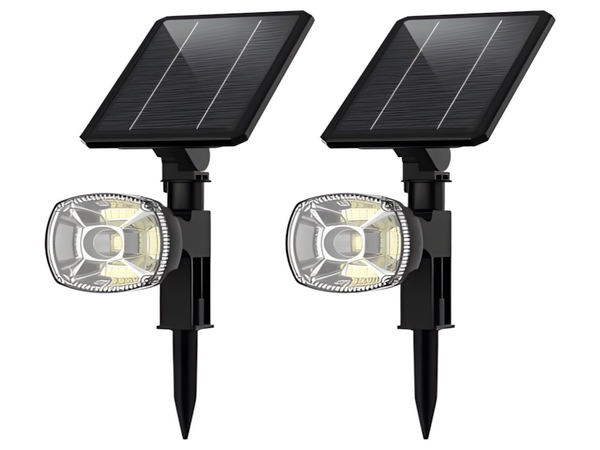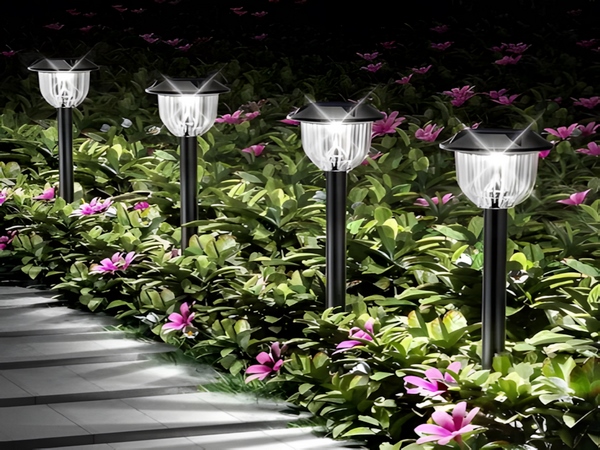

Concerns about the security of new energy supply and actions to address climate change in countries around the world have driven the rapid development of renewable energy technologies and industries globally. Technologies such as photovoltaic and wind power have seen annual growth rates of over 20%. Renewable energy has become an important alternative source for achieving energy diversification, combating global climate change, and ensuring sustainable development. In particular, in the last two years, with significant fluctuations in international oil prices and the implementation of the Kyoto Protocol, the development of renewable energy has become a hot topic in the international energy field, attracting widespread attention from many countries around the world. By the end of 2006, global renewable energy power generation capacity had exceeded 200 million kilowatts, including approximately 80 million kilowatts of small hydropower, 75,000 kilowatts of wind power, 10 million kilowatts of geothermal power, and more than 7 million kilowatts of solar power, with the annual growth rate of solar photovoltaic power generation exceeding 60%, producing nearly 2 million kilowatts.
Energy-saving Advantages of Solar Lighting

With economic development, electricity consumption for lighting in the country will significantly increase, making research and application of green energy-saving lighting increasingly important. Solar LED lighting fixtures, as cold light source products, possess high cost-performance, eco-friendliness, safety and reliability, stable quality, long service life, and ease of installation and maintenance. They can be widely applied in landscape lighting, road lighting, advertising lightbox illumination, urban aesthetic landscape lighting, and home lighting systems. However, the high initial investment of solar LED lighting fixtures remains a bottleneck for their development.
Currently, lighting consumption accounts for around 20% of total electricity consumption, making the reduction of lighting electricity an important avenue for energy saving. To achieve this goal, various energy-saving lighting devices have been researched and developed, yielding some effectiveness. Nonetheless, there is still a considerable distance from the requirements of “green lighting,” necessitating the development and application of more efficient, reliable, safe, and durable new light sources.
By the end of 2006, the total utilization of renewable energy in the country was approximately 300 million tons of standard coal (excluding traditional biomass energy), accounting for about 0.5 percentage points, marking a solid step towards achieving the goal of renewable energy accounting for 10% of the country’s total primary energy consumption by 2010. Currently, the country is promoting the development of the domestic photovoltaic power generation market from several aspects: firstly, starting the electricity supply project to villages; secondly, applying photovoltaic power generation in special projects such as the World Expo and the Olympics; thirdly, building photovoltaic power stations in desert areas; fourthly, mobilizing some cities to initiate rooftop plans; and fifthly, researching and formulating electricity pricing policies to enhance the competitiveness of photovoltaic power generation. The fact that 90% of photovoltaic products are for export and the lack of domestic market may limit the long-term development of China’s photovoltaic industry. If foreign photovoltaic industry policies change or if import restrictions are enacted to protect domestic industries, the numerous photovoltaic projects initiated in China in recent years could face difficulties.
Innovations in Solar Lighting Technology
LEDs are widely used in low-power signal indicators, digital displays, and other low-voltage fields due to their low power consumption and extraordinary lifespan. However, traditional LED light sources have limitations such as a small light-emitting angle, high brightness of the light-emitting surface, strong directional light scattering, formation of light spots, and poor light uniformity, which have restricted their application in the lighting field.



